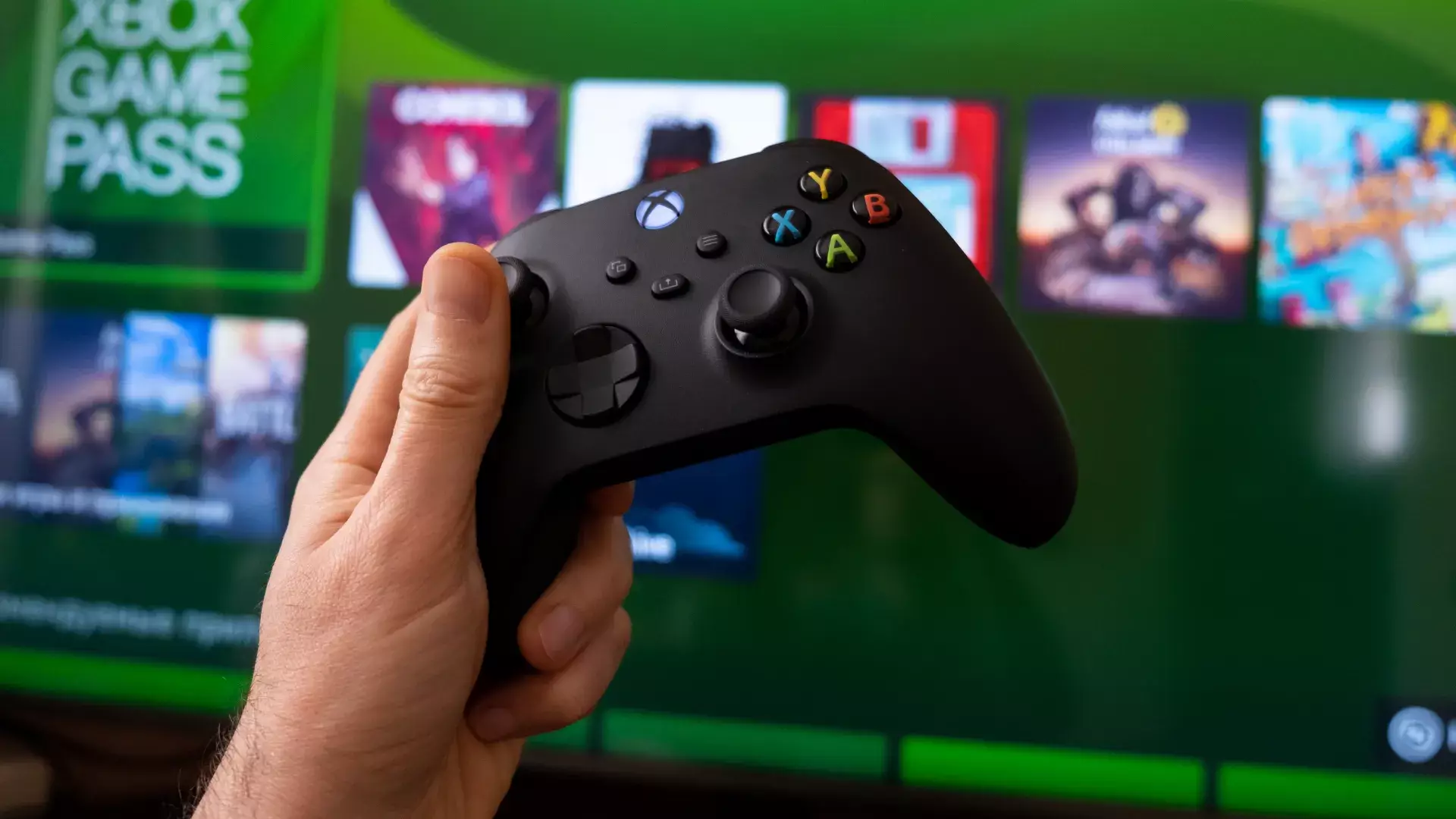The gaming industry stands on the cusp of a radical transformation, challenging traditional notions of console supremacy. While many analysts have speculated about Microsoft’s next Xbox console—hoping for groundbreaking specs or even hints at abandonment of hardware—company insiders seem to advocate a different narrative: evolution rather than revolution. Rather than solely focusing on hardware specifications, Microsoft appears to be prioritizing a broader ecosystem where player convenience and flexibility are paramount. This signals a strategic shift that could see consoles as part of a larger, integrated gaming universe rather than the single, dominant entertainment hub of previous generations.
Microsoft’s recent statements underscore their commitment to remaining relevant in this new landscape. In particular, Vice President Jason Ronald’s insights reflect a deliberate move towards a player-first approach. Their vision involves seamless gameplay across multiple devices, blurring the lines between dedicated consoles, PCs, and mobile gaming. It’s an acknowledgment that modern gamers are no longer confined to traditional gaming environments—they prefer fluid, cross-platform experiences that fit into their dynamic lifestyles. To meet this need, Microsoft is investing heavily in creating an integrated ecosystem with hardware options tailored for diverse preferences, such as the upcoming Xbox handheld device and next-generation consoles optimized for performance and portability.
Moving Beyond Hardware: The Rise of Multi-Device Gaming
The emphasis on player-centric design indicates a broader strategic tegment—a shift from hardware-centric thinking to fluid, adaptable gaming experiences. The mention of devices like the Xbox Ally and a potential new handheld device marks a significant departure from traditional console development. These devices are not just supplementary options; they are core components of a comprehensive gaming platform that prioritizes mobility, accessibility, and convenience.
Microsoft seems poised to emulate the success of platforms like Steam Deck, as seen in rumors surrounding the ROG Xbox Ally X. With formidable specs — AMD Ryzen AI Z2 Extreme chipset, 24GB RAM, and expansive SSD options — these portable devices could redefine how and where people play. This approach aligns with modern gaming habits where players often switch between devices mid-session, seeking convenience without sacrificing power or performance. Such a strategy positions Microsoft as a company that values player freedom, empowering gamers to access their titles seamlessly whether at home or on the go.
What’s particularly compelling about this approach is its potential to reframe the gaming ecosystem entirely. Microsoft’s willingness to bring exclusive titles to multiple platforms, including competitors’ devices, underscores their focus on accessibility and broad reach. Their assertion that games won’t be “locked to a single store” echoes a desire to prioritize player choice over platform control. This philosophy might ultimately diminish the dominance of any one hardware format, instead fostering a decentralized, player-focused universe where choice and convenience rule.
Balancing Tradition and Innovation in a Competitive Market
Despite rumors suggesting a move away from console-centric gaming, Microsoft’s recent statements imply a different path—one that marries traditional console development with innovative, portable solutions. The promise of a hardware leap “larger than ever before” suggests that the next Xbox generation will still deliver cutting-edge technology, perhaps even more ambitious than previous iterations. This dual approach—developing powerful, dedicated gaming machines while diversifying into portable and multi-device offerings—partially defies the skepticism about whether consoles can thrive in a world dominated by cloud gaming and mobile devices.
Furthermore, Microsoft’s strategy appears to reject the notion that consoles are becoming obsolete. Instead, they are redefining what a console can be, positioning it as a core element of an interconnected ecosystem. This could allow them to maintain market relevance and innovation, even if the traditional console’s dominance diminishes. As industry veteran Shawn Layden implied, the ‘console era’ might be nearing its end, but Microsoft seems to be preparing a future where gaming is more integrated and player-centric than ever before.
Microsoft’s evolving strategy reflects a nuanced understanding: the future of gaming isn’t merely about having the most powerful hardware but about creating a flexible, accessible, and player-first ecosystem. Whether through portable devices, cross-platform compatibility, or innovative hardware leaps, they aim to redefine what it means to be a gaming company in the modern age. This bold vision promises not just evolution but a potential revolution—one where player experience takes center stage and the traditional boundaries of gaming are dismantled in favor of limitless possibilities.

